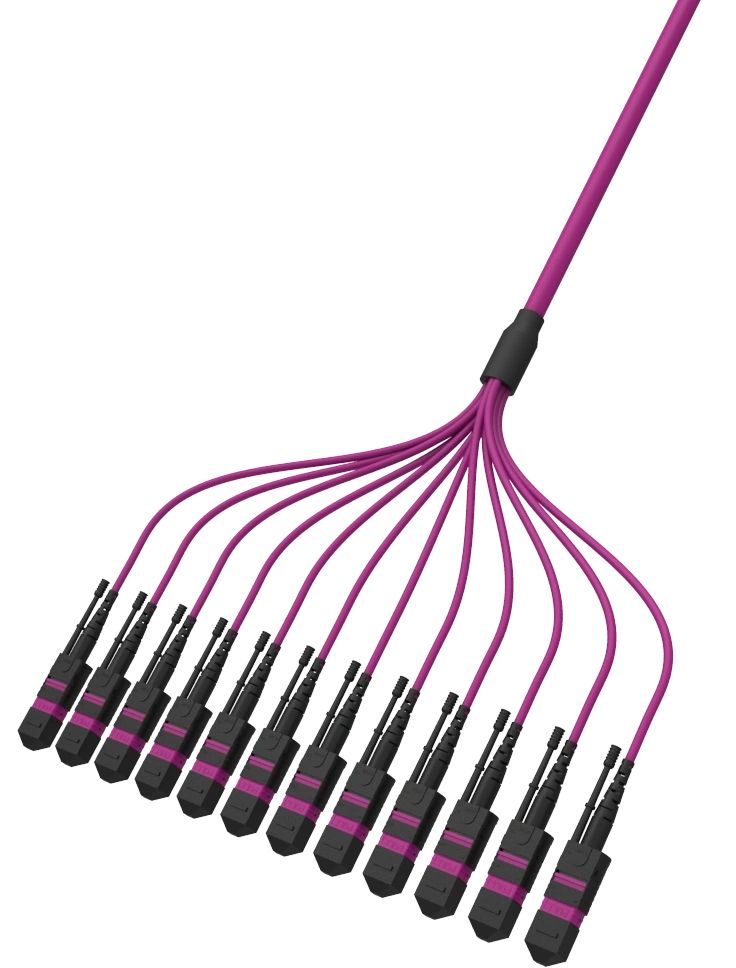Introduction:

Fiber optic sockets play a crucial role in the transmission of data over long distances. Understanding the difference between single-mode and multi-mode fiber optic sockets is essential for choosing the right one for specific applications. In this article, we will explore the characteristics, advantages, and application scenarios of both single-mode and multi-mode fiber optic sockets.
Single-mode fiber optic sockets:
Single-mode fiber optic sockets are designed for transmitting data over long distances with high precision. Using a narrow core, typically around 9 microns, single-mode fiber optics enable the transmission of a single mode of light, reducing signal loss and dispersion. This mode is achieved by using laser diodes as light sources. Due to their construction, single-mode fiber optic sockets have a higher data carrying capacity and longer transmission distances compared to multi-mode sockets.
Multi-mode fiber optic sockets:
Multi-mode fiber optic sockets are designed for transmitting data over shorter distances, typically within local area networks (LANs) and data centers. They have a larger core, typically between 50 and 62.5 microns, allowing multiple modes of light to be transmitted simultaneously. This makes them more susceptible to signal loss and dispersion. Multi-mode fiber optic sockets use light-emitting diodes (LEDs) as light sources. Although they have a lower transmission capacity and shorter distance capabilities than single-mode sockets, multi-mode sockets are more cost-effective and easier to install.
Application scenarios:
Single-mode fiber optic sockets are commonly used in long-distance communication applications, such as connecting different cities or countries. They are ideal for transmitting large amounts of data with minimal signal loss and are highly reliable. Single-mode fiber optic sockets are widely used in telecommunication networks, video streaming, and high-speed internet connections.
On the other hand, multi-mode fiber optic sockets find their applications within shorter distances, such as in buildings, campuses, or data centers. They are suitable for applications that don't require transmission over long distances, such as local networks, audiovisual systems, or local internet connections. Multi-mode fiber optic sockets are a cost-effective solution for these scenarios as they have lower installation costs and offer sufficient transmission capacity.
Conclusion:
Single-mode and multi-mode fiber optic sockets have distinct characteristics and application scenarios. Single-mode sockets are perfect for long-distance communication, providing high data carrying capacity and minimal signal loss. Meanwhile, multi-mode sockets are more suitable for short-distance applications, offering a cost-effective solution with sufficient transmission capacity. Choosing the right fiber optic socket depends on the specific requirements of the application, ensuring efficient and reliable data transmission.



